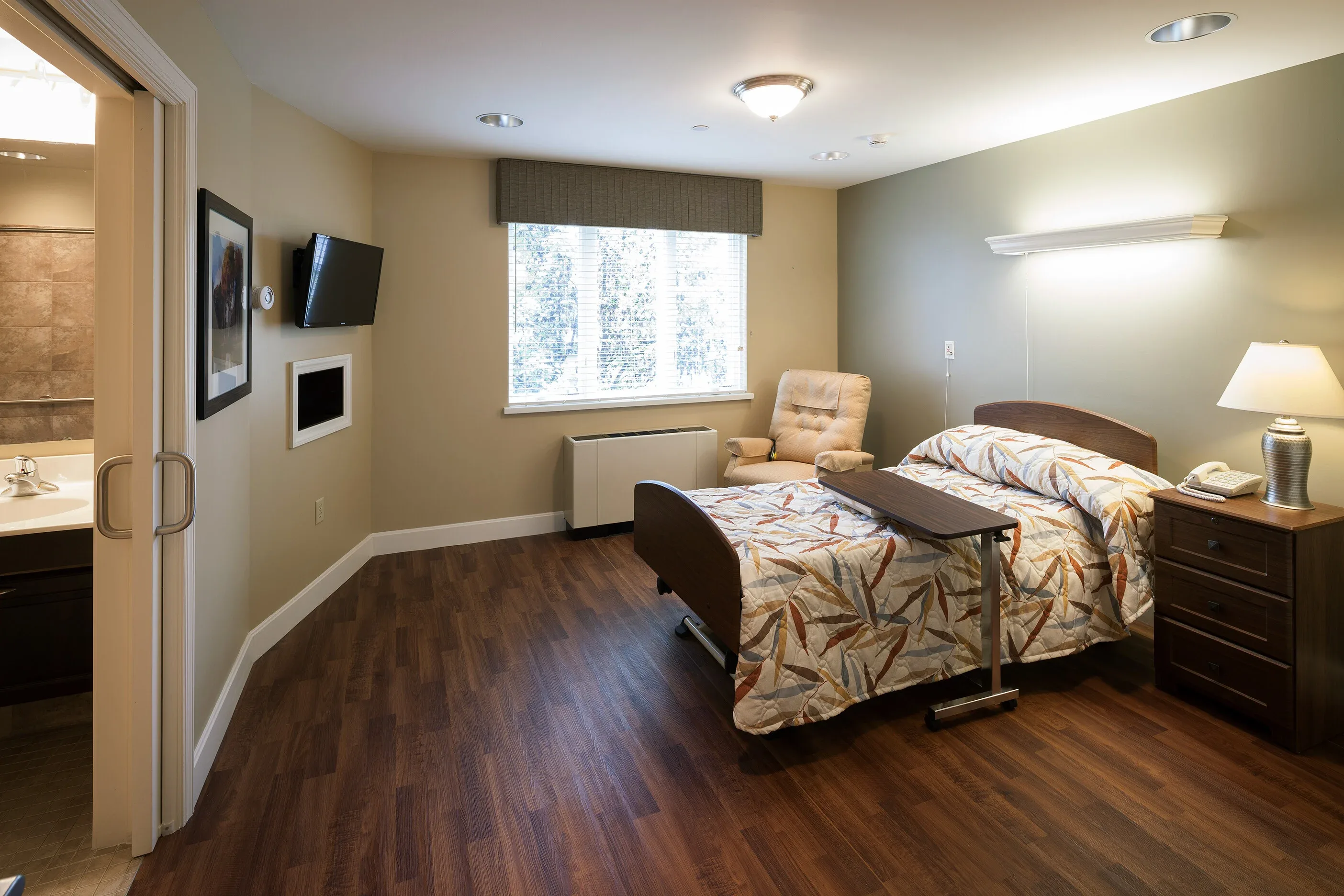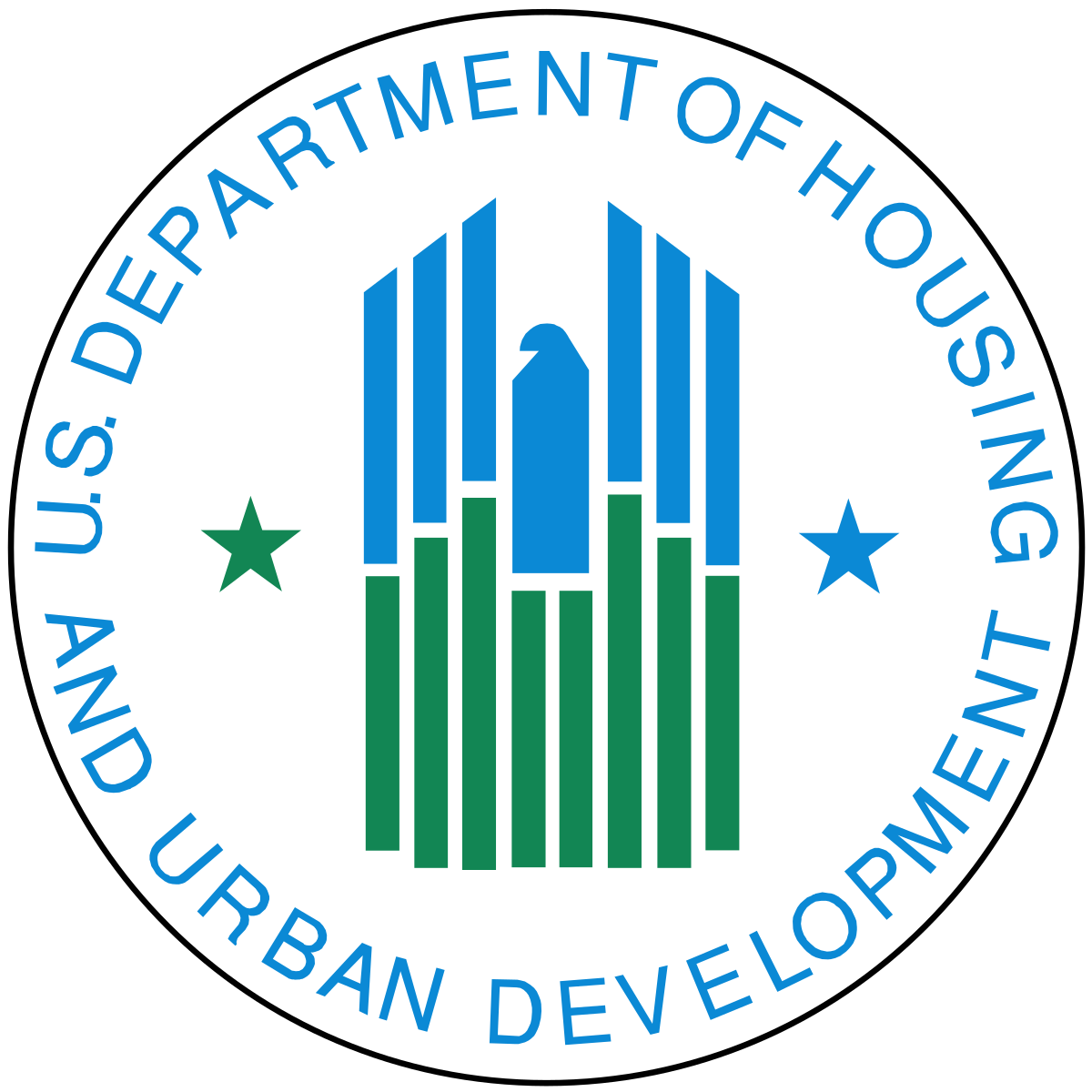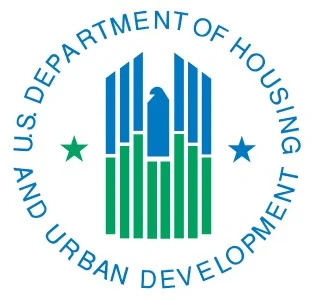Key Takeaways
1. The Casemix Adjustment Factor Is Flawed
The current methodology for calculating staffing Hours per Resident Day (HRD) misrepresents staffing needs, particularly for high-acuity populations like dementia and dialysis patients, distorting star ratings and care quality.
2. Misaligned Incentives Harm Care Quality
Facilities serving high-needs residents are penalized with lower star ratings, while those with low-acuity populations may receive inflated ratings, encouraging staffing patterns misaligned with resident needs.
3. Reform Is Essential for Equity
Revising the Casemix adjustment methodology and incorporating outcome-based metrics will ensure fairer staffing evaluations, incentivize quality care, and improve resident outcomes.
4. Pilot Testing and Collaboration Are Key
Developing and piloting a revised adjustment system in collaboration with experts ensures that reforms are evidence-based, equitable, and effective before full-scale implementation.
Executive Summary
The Casemix adjustment factor used to calculate staffing Hours per Resident Day (HRD) in nursing homes is fundamentally flawed. Designed to normalize staffing levels across facilities with varying resident populations, this methodology often misrepresents the true staffing needs of residents, leading to distorted star ratings and potentially harmful staffing patterns. The current calculation underestimates staffing requirements for high-acuity populations, such as dementia and dialysis residents, while overestimating the needs of others. Reforming this calculation is essential to ensure accurate representation of staffing needs, promote equitable ratings, and improve resident care.
The Problem
The Casemix HRD adjustment factor is meant to level the playing field by adjusting staffing levels to reflect resident needs. However, its flaws create systemic challenges:
1. Misaligned Staffing Incentives:
- Facilities that staff adequately to meet the real needs of residents may appear understaffed after adjustments, penalizing those who prioritize quality care.
- Conversely, facilities serving lower-acuity populations may see inflated staffing star ratings, irrespective of the actual quality of care provided.
2. Underestimation of High-Needs Populations:
- Residents with conditions such as dementia or those requiring dialysis demand higher staffing ratios and specialized care. The current adjustment fails to accurately account for these needs, discouraging adequate staffing.
3. Overestimation for Lower-Needs Populations:
- Facilities serving residents with fewer care needs may receive disproportionate credit for staffing, creating incentives to prioritize lower-acuity admissions.
4. Resident Needs Misalignment:
- The adjustment factor encourages staffing patterns that do not align with actual resident needs, potentially compromising care quality and leading to negative outcomes.
Policy Recommendations
1. Revise the Casemix HRD Adjustment Methodology:
- Collaborate with experts in healthcare, gerontology, and workforce economics to develop a more accurate adjustment factor, reflecting the real staffing demands of diverse resident populations.
2. Incorporate Specific Adjustments for High-Acuity Populations:
- Use evidence-based staffing benchmarks to adjust appropriately for residents with high-acuity conditions such as dementia and dialysis dependency.
3. Integrate Outcome-Based Metrics into Staffing Star Ratings:
- Include resident outcomes—such as hospitalization rates, care satisfaction, and quality of life—as part of the star rating calculation to reduce overreliance on staffing adjustments.
4. Pilot a Revised Adjustment System:
Test new methodologies in a representative sample of nursing facilities to evaluate the impact on staffing levels, resident outcomes, and star ratings before full-scale implementation.
Why This Matters
Staffing star ratings guide critical decisions for residents, families, and payers. Flaws in the Casemix HRD adjustment system distort these ratings, harming high-quality facilities and undermining trust in the system. Accurate and equitable adjustments will ensure that nursing homes are incentivized to provide staffing that truly meets the needs of their residents, leading to better outcomes and more meaningful star ratings.
Call to Action
The Aging Services Institute (ASI) supports reforms to the Casemix HRD adjustment methodology that prioritize accuracy, equity, and resident outcomes. By advocating for evidence-based solutions, ASI aims to ensure that staffing star ratings reflect the true quality of care in nursing facilities, benefiting residents, families, and care providers alike.



